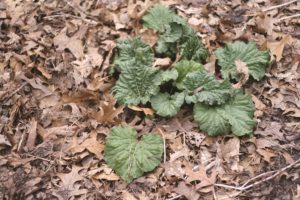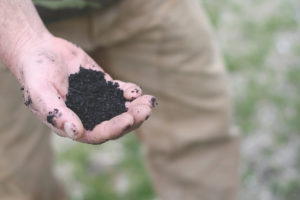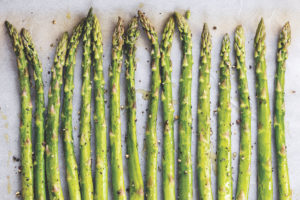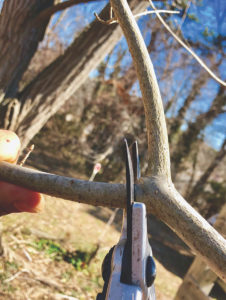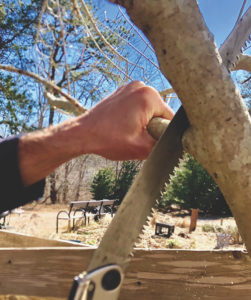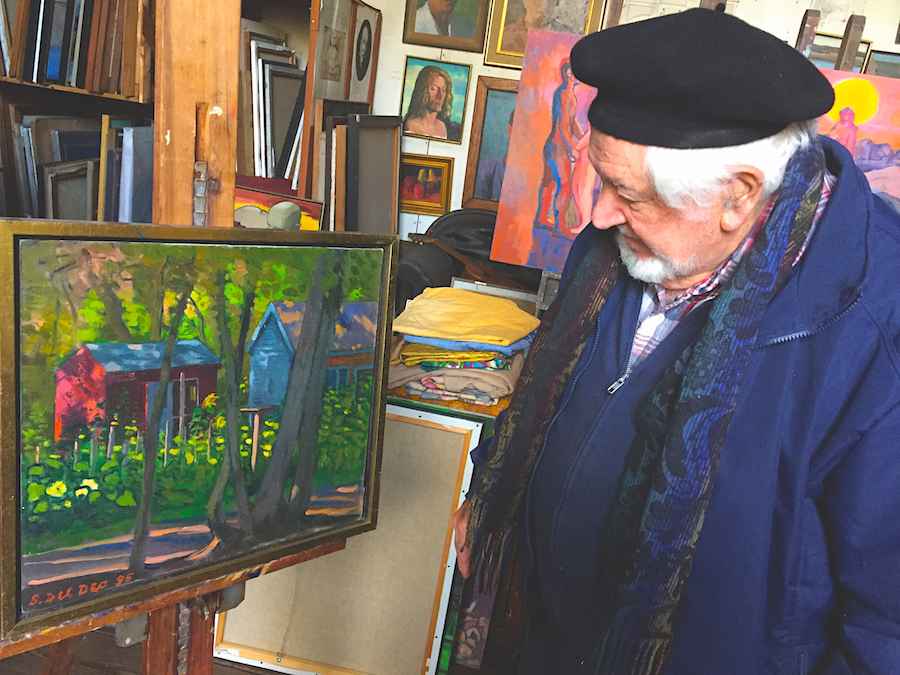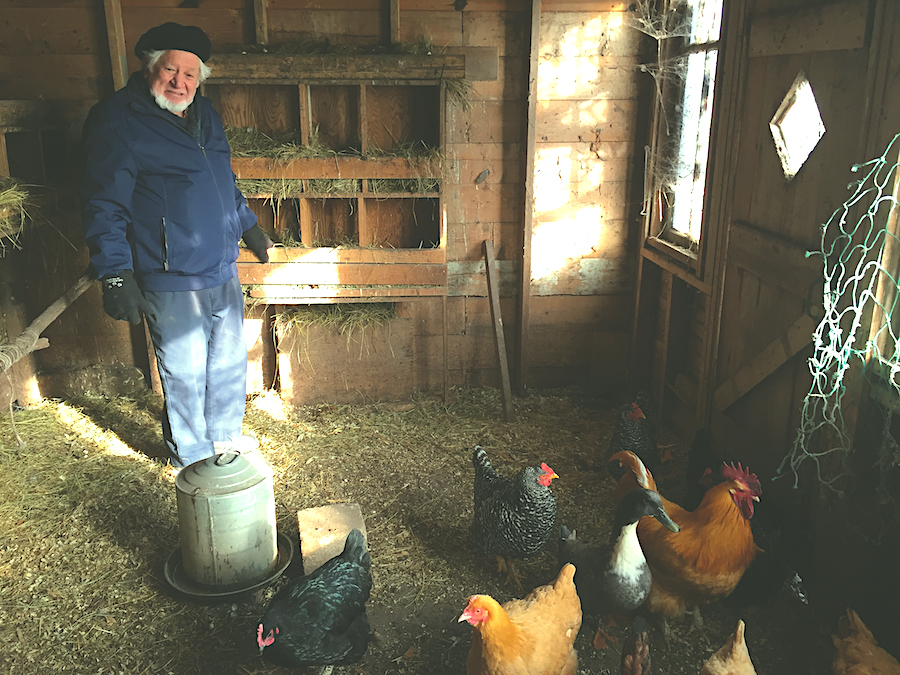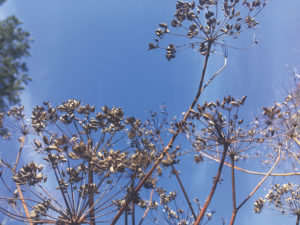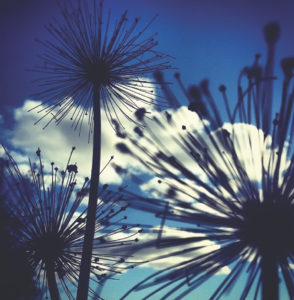The flowers of the irises are mostly passed. Almost all the peonies have bloomed, the petals breaking away and collecting on the ground. The baptisia is still going, in white and purple sprays, but these, too, will pass. The roses are in full, bursting bloom. When the rain falls, some let go, tumbling, heavy and wet.
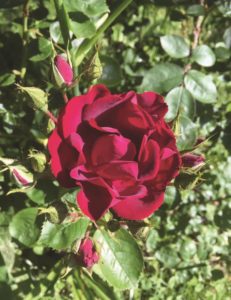
Flowers are the alluring structures plants make to procreate. They are beautiful by design, to the bees, to the birds, and to you. After a flower has been pollinated, the petals will fall away, and seeds will begin to swell and grow where the flower was held. Seeds are the future of the plant. Seeds and fruit require a plant’s energy. This energy can be diverted into growth or more flowering if the gardener removes the dead flowers. A choice must be made: will you deadhead your garden?
Deadheading is the removal of flowers that have bloomed and fallen away. It is an interaction between a plant and a human in which the human exercises a choice for the benefit of the plant but, more specifically, for the plant to benefit the human in a way we find appealing. If we want more flowers, we deadhead. If we want seeds and structure in our gardens, we can leave them.
It’s a choice that in part reflects the kind of gardener you want to be. For me, the choice depends on the plant. Some plants bloom in a single great flush. After this flush, there will be no more flowering until the following season. I often leave these flowers.
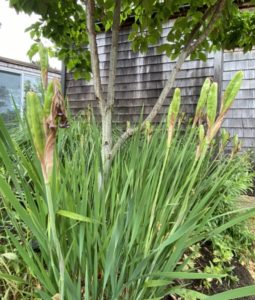
Irises are a good example. They bloom in mid-spring and leave behind a seed structure held high on straight stems — I think it’s lovely. The finer-textured irises produce little geometric oblong pods that stand upright like cattails. The pods split, slowly, peeling back through the season to reveal their precious cargo of seeds. These stems and seed pods will stand in the garden until the next season, providing architecture and shape. The iris is no worse for this, it is exactly what it is here to do.
Annuals, roses, nepeta, daisies, and a million others will flower in ongoing succession or multiple flushes. If spent flowers are cut, the plant will respond, biologically instructed to make more opportunities to procreate, and put its energy into developing more flowers. If left, these will develop seeds and the structures to support them and will likely not bloom as fully on any remaining buds.
A rose is a wonderful example of this. A rose will bloom in multiple flushes, and within those flushes, in waves of successive flowering. As the flowers fade, seed structures in the form of reddish berries or single large hips are left behind. When these are removed, they no longer draw energy, and the good stuff that makes plants bloom can be pushed out into more blossoms. The rose will bloom stronger, more profusely, and longer.
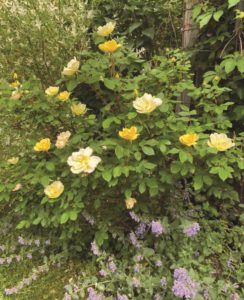
Deadheading stirs up a conflict in me at times. One aesthetic leaning says: keep things neat, controlled, and blooming. Another says: appreciate the successive natural cycle as flower passes to fruit; appreciate the shapes and structures that emerge. These are beautiful, too.
To garden is to create a controlled reflection of nature. We are trying to replicate the feel of nature and also to hold at arm’s length the very nature of nature itself — which is to run wild and do what it will. In this dance of the chaotic and the cared for, you get to decide the steps.
The flowers of the rose are something beautiful. The glistening red berries held on delicate stems are something beautiful. So, the question becomes: What do you feel is beautiful? How much control do you want to exercise in the space of a garden?
Maybe the question ‘What kind of gardener are you?’ is another way of asking ‘What kind of person are you?’


